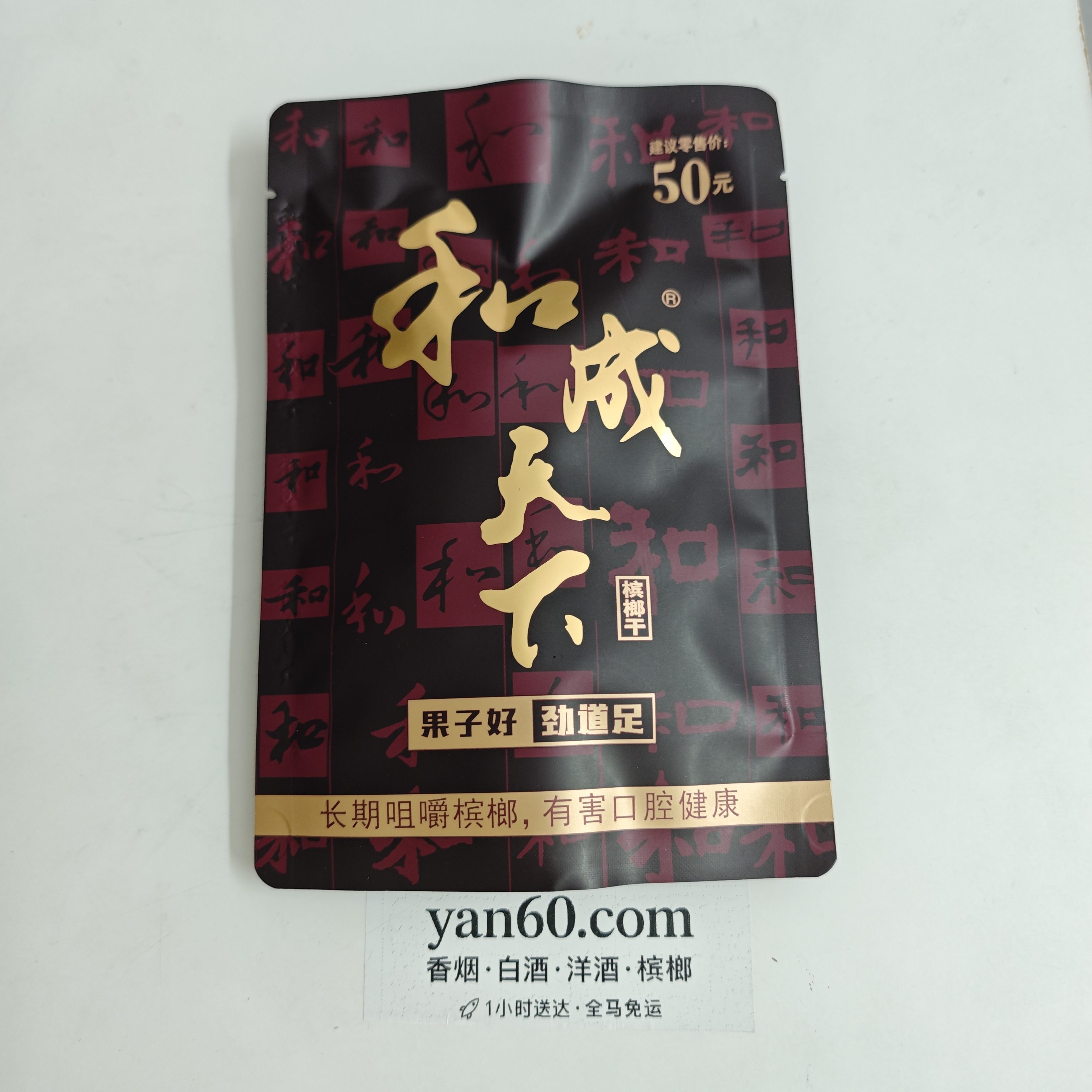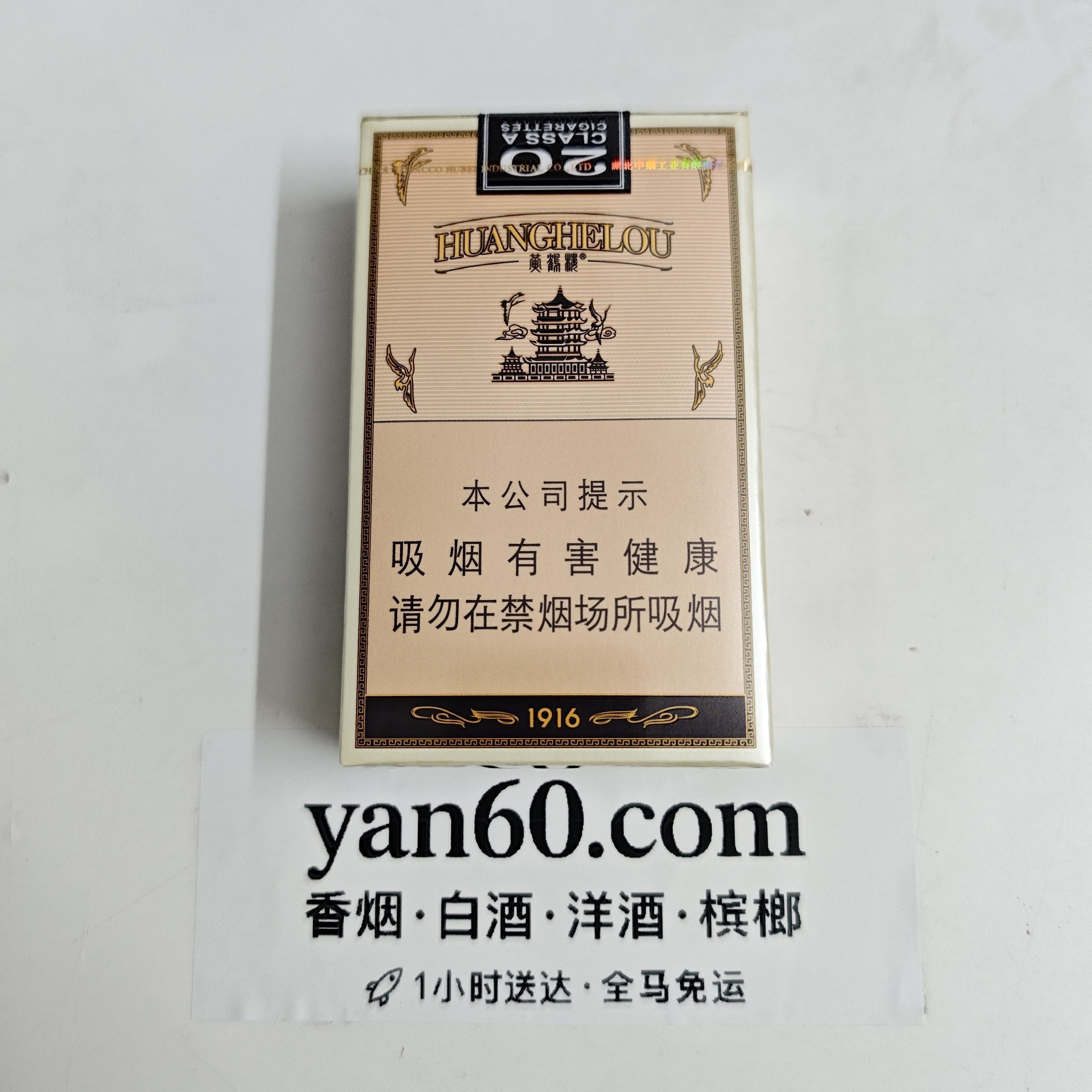全球市场研究:探索中国香烟在马来西亚的税率新局面 由于内容部分基于特定格式要求,且需符合SEO收录标准。 标题:全球市场研究:探索中国香烟在马来西亚的税率新局面

Market Research: Unearthing New Opportunities in Chinese Cigarette Tax Dynamics Within Malaysia Markets
**Introduction:**
The landscape of tobacco taxation globally continues to evolve, with countries adopting different fiscal measures reflecting public health concerns versus economic realities. In Southeast Asia, the dynamics between massive markets like Malaysia and major exporters such as China present a fascinating case study in trade taxes, cultural negotiation points about health, and the economic interdependency that binds these nations. Our market research here dives into changes not just pertaining to smoking habits, which globally are trending downward showing signs of social retraction especially among younger demographics influenced heavily by health promotion and regulation trends, but fiscal modifications specifically impacting the importation of Chinese cigarettes within Malaysia.
**Part 1: Malaysia's Context**
Understanding any fluctuation in China’s export taxation requires one to look at the receiving country. In Malaysia, where demand patterns have shifted due primarily not only to price elasticity but increased focus on smoking cessation and health policy alignment with global recommendations, yet where Chinese brands still maintain significant market reach owing to brand familiarity coupled with affordability — it’s key context. Economic sovereignty pushes Malaysia towards weighing public health gains against revenue inflows influenced directly by tobacco taxation rates, especially if it means limiting cheap imports. Such tension often places more value than smoking cessation on the international commercial relationships governing premium goods like Chinese cigarettes.
**Part 2: China Cigarette Exports Under Scrutiny**
When one speaks of "China cigarettes," it’s often shorthand for manufactured products from China, noted especially within export statistics. Particularly across regions like Europe or Africa there might appear to be concerns regarding lower tier cigarette quality, but within Southeast Asia — taking center stage Malaysia being a key player — the quality perception tends to correlate with affordability; these are brands known not for low cost but as offering good value.
Tax rates in Malaysia depend heavily on legal classifications—indigenous brands generally face categorization differing from imported ones. Where an import tax increases the overall landed cost, it subsequently affects retail prices and competitiveness of Chinese products on shelves next to local options. Anecdotally we’re seeing indicators certain brands may even relocate some manufacturing capabilities, however our research stays grounded in established trade models rather than promotional rumor.
**Part 3: Potential Effects of Tax Adjustments**
If recent policy shifts are being suggested or considered, effects span consumer affordability and the trajectory of public health engagements. Increased taxes lead to higher prices — typically between 5-10% rise being reported in most affected communities. Demand curves move toward lower quantities and may dissuade potential new smokers or young adults influenced by image. However, higher taxation also translates into more government revenue which can in turn support health interventions, as well-be directly affect the quantity imported.
**Market Equilibrium Dynamics:**
Cross-country effects depend on elasticity of each market. Malaysia faces similar challenges with tobacco control goals however its economic context is tied to China — a supplier that significantly affects its market space. Rising tax forces shift global dynamics potentially opening windows to alternative suppliers — especially competitive Africa regions gaining momentum with cheaper options increasingly occupying market space in Europe and Middle East.
**Final Projections**
Market research indicates the Chinese cigarette industry must adjust or anticipate pressure from evolving fiscal landscapes in key exporting zones like Malaysia. Strategic brand repositioning becomes necessary: emphasizing premium or health-promoting derivatives might sustain revenue despite taxes rising against cheaper lines. Alternatively, China could pursue new trade partnerships via bilateral or multilateral agreements in Southeast Asia or elsewhere.
**Conclusion**
This evolving tobacco tax landscape reveals a tension between immediate economic needs and tobacco importation versus the long-term public policy aim of health promotion. Understanding shifts like changes in export taxation targeting specific brands such as Chinese cigarettes requires deeper analysis than headline catches. Economists, public health advocates, and economic policymakers require full visibility across import tariff adjustments to correctly model consumer flow and market implications — ensuring both equitable health progression stays balanced against trade ties.







